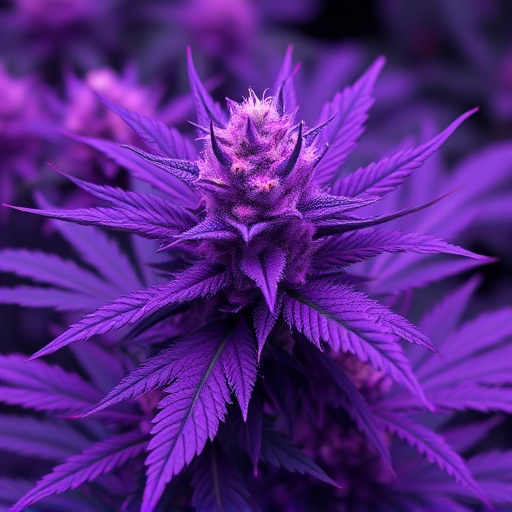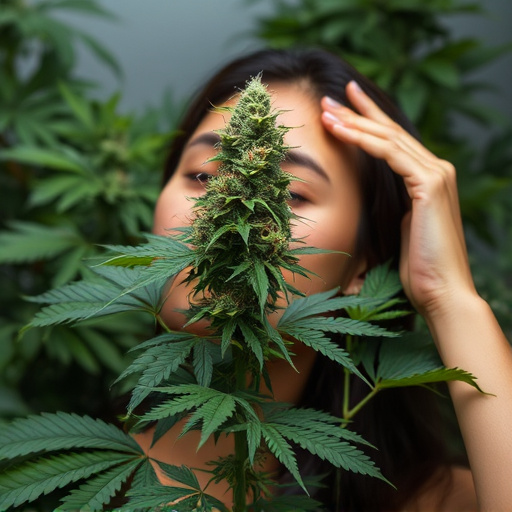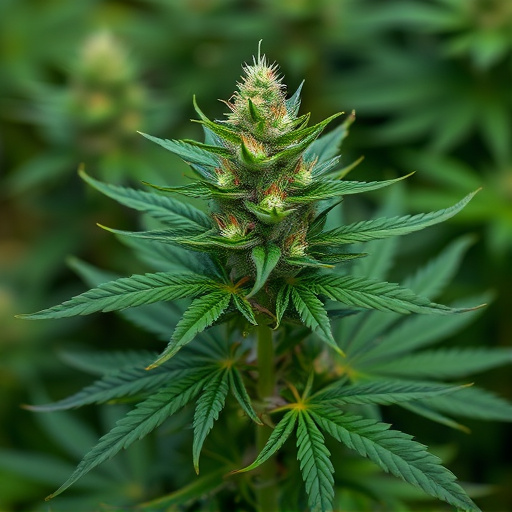Cannabis strains for migraines leverage full-spectrum and isolated cannabinoids, with research indicating full-spectrum offers broader relief due to the entourage effect. Full-spectrum cannabis includes terpenes and flavonoids, mimicking the plant's natural blend, while isolated compounds like CBD target specific health benefits. CBD has gained attention for reducing migraine frequency and severity without psychoactive properties, making it a promising option in cannabis strains for migraines. Choosing the right strain involves understanding cannabinoid profiles to make informed decisions about treatment.
“Unraveling the complexities of cannabinoids, this article delves into the ongoing debate between full-spectrum and isolated compounds. While both offer potential migraine relief, their unique profiles impact treatment effectiveness. We explore how full-spectrum cannabinoids’ synergistic effects may surpass isolated counterparts in alleviating migraine pain. Furthermore, we guide readers through the diverse cannabis strains known for their anti-migraine properties, providing insights into tailoring treatments for specific needs. Discover the latest research and consider a holistic approach to managing migraines with these powerful natural compounds.”
- Understanding Cannabinoids: Full-Spectrum vs. Isolated
- The Role of Cannabinoids in Migraine Relief
- Exploring Cannabis Strains for Migraine Treatment
Understanding Cannabinoids: Full-Spectrum vs. Isolated
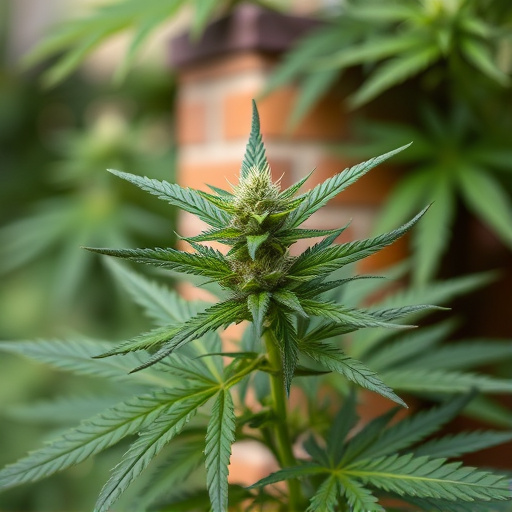
Cannabinoids are chemical compounds found in the cannabis plant, each with unique properties that can interact with our bodies’ endocannabinoid system. When it comes to understanding cannabis for medicinal purposes, particularly for conditions like migraines, knowing the difference between full-spectrum and isolated cannabinoids is essential.
Full-spectrum cannabinoids refer to the entire range of cannabinoids naturally present in a particular cannabis strain, including minor compounds like terpenes and flavonoids. This natural blend mimics what one would experience when consuming the plant itself. On the other hand, isolated cannabinoids are single compounds extracted from the plant, leaving out the other beneficial elements found in full-spectrum products. For instance, CBD (cannabidiol) is a popular isolated cannabinoid used for various health benefits, including migraine relief. However, studies suggest that full-spectrum cannabis may offer more comprehensive support due to the potential entourage effect, where cannabinoids and terpenes work together synergistically to enhance each other’s therapeutic properties.
The Role of Cannabinoids in Migraine Relief
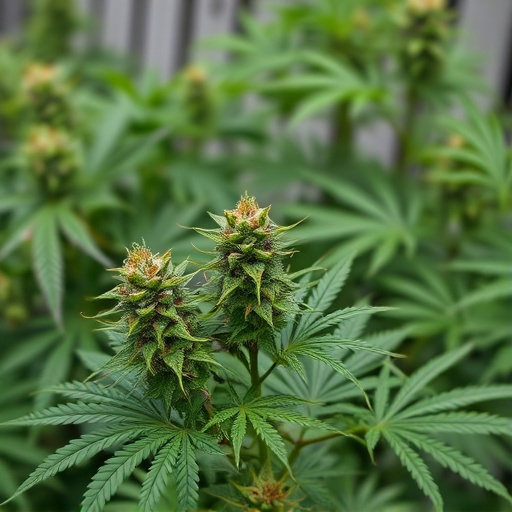
Cannabinoids, the chemical compounds found in cannabis plants, have been a subject of interest in the medical community for their potential therapeutic effects, including migraine relief. When it comes to treating migraines, both full-spectrum and isolated cannabinoids show promise, but they work in slightly different ways. Full-spectrum cannabis contains a wide range of cannabinoids, terpenes, and flavonoids, all of which can contribute to its therapeutic benefits. In the context of migraines, these compounds may interact with the body’s endocannabinoid system, helping to reduce inflammation and alleviate pain symptoms.
Isolated cannabinoids, on the other hand, are single compounds extracted from the cannabis plant, such as THC or CBD. While they offer more targeted effects, they might not provide the same complexity of benefits as full-spectrum extracts. In the case of migraines, specific isolated cannabinoids like CBD have gained attention for their potential to reduce frequency and severity of attacks without the psychoactive effects of THC. Research suggests that CBD interacts with various receptors in the brain and nervous system, influencing pain perception and inflammation, which could make it a valuable option for cannabis strains for migraines.
Exploring Cannabis Strains for Migraine Treatment

Cannabis has emerged as a potential treatment option for migraines, offering relief to those seeking alternative therapies. When exploring cannabis for migraine management, understanding the difference between full-spectrum and isolated cannabinoids is essential. Full-spectrum cannabis includes a range of cannabinoids, terpenes, and flavonoids, providing a complex mixture that may offer synergistic effects. This means that the combination of compounds could potentially enhance or amplify each other’s therapeutic benefits, creating a more effective treatment for migraines.
On the other hand, isolated cannabinoids are single compounds extracted from cannabis, such as THC or CBD. While they offer targeted relief, they might not replicate the full potential of the plant due to the absence of the entourage effect. Migraine sufferers often turn to specific cannabis strains known for their high CBD content, believing that CBD’s anti-inflammatory and pain-relieving properties could provide much-needed respite. Exploring different cannabis strains for migraines involves understanding the unique profiles of cannabinoids and terpenes in each, allowing individuals to make informed decisions about their treatment options.
When it comes to alleviating migraine pain, both full-spectrum and isolated cannabinoids show promise. However, research suggests that full-spectrum cannabinoids, with their range of effects, may offer a more comprehensive approach to treating migraines. Exploring various cannabis strains known for their high cannabinoid content can provide valuable options for those seeking natural relief. Further studies are needed to fully understand the complex interactions between cannabinoids and migraine paths, but the current findings point towards a promising future for cannabis as a potential treatment option.

